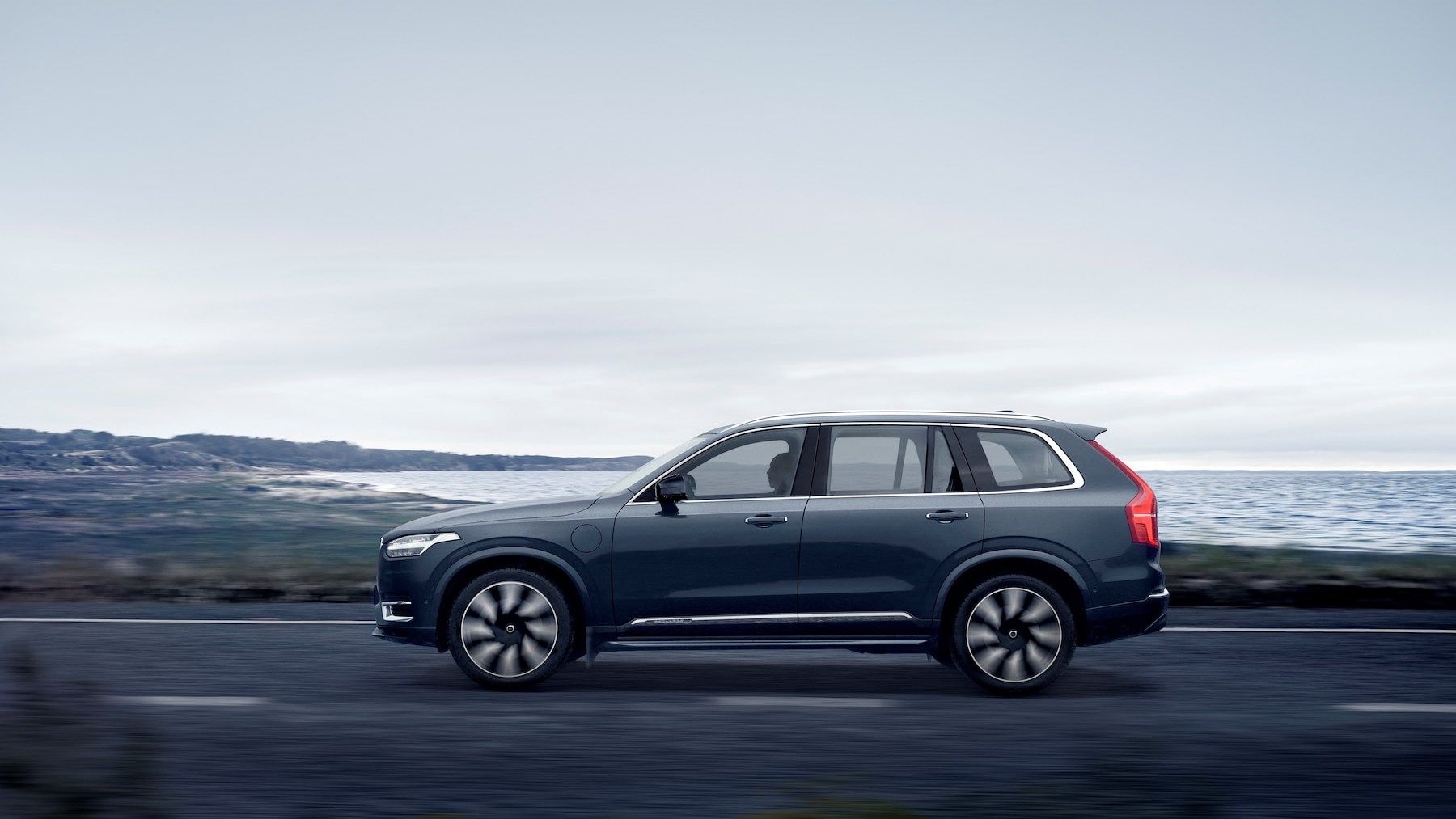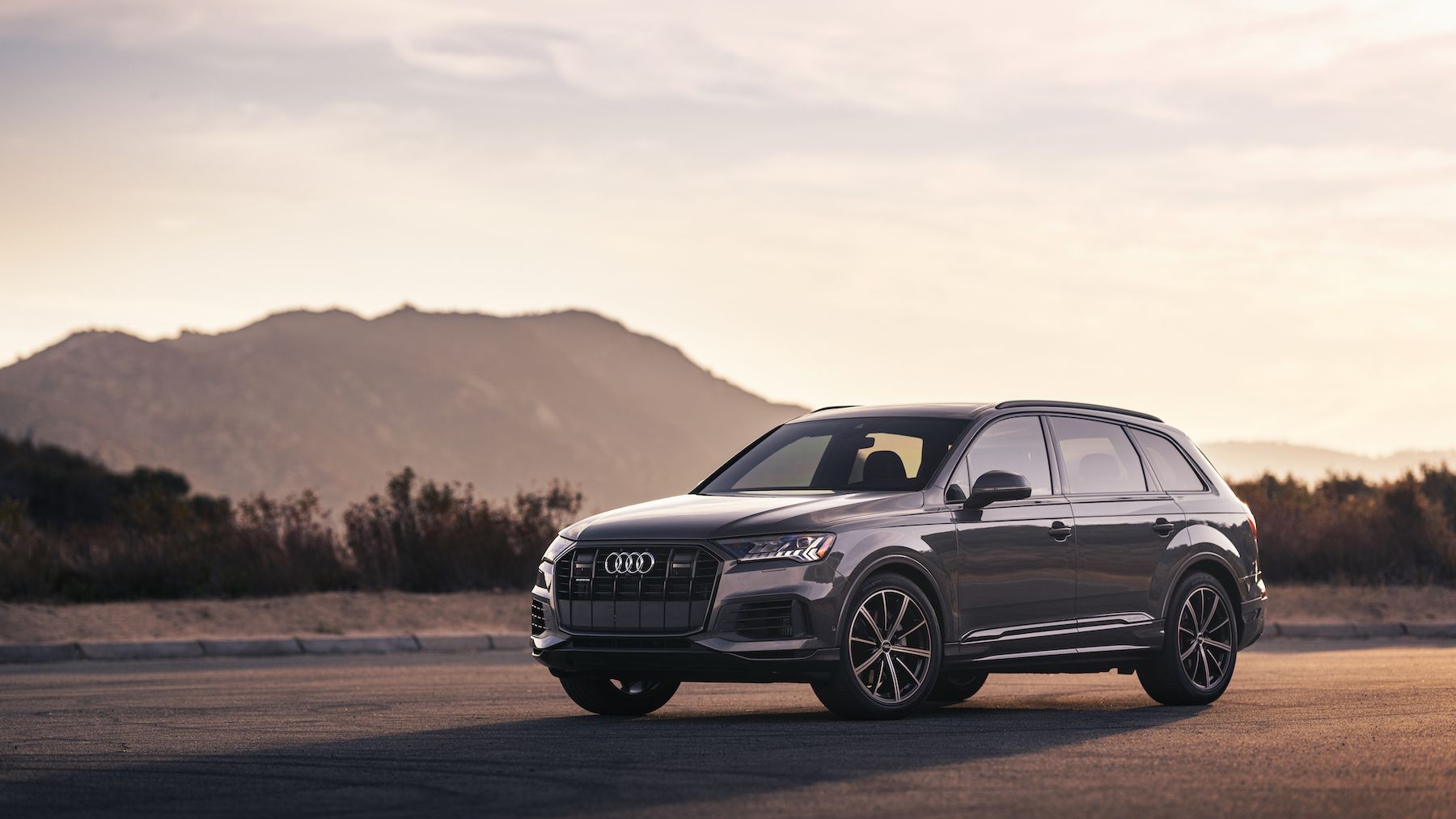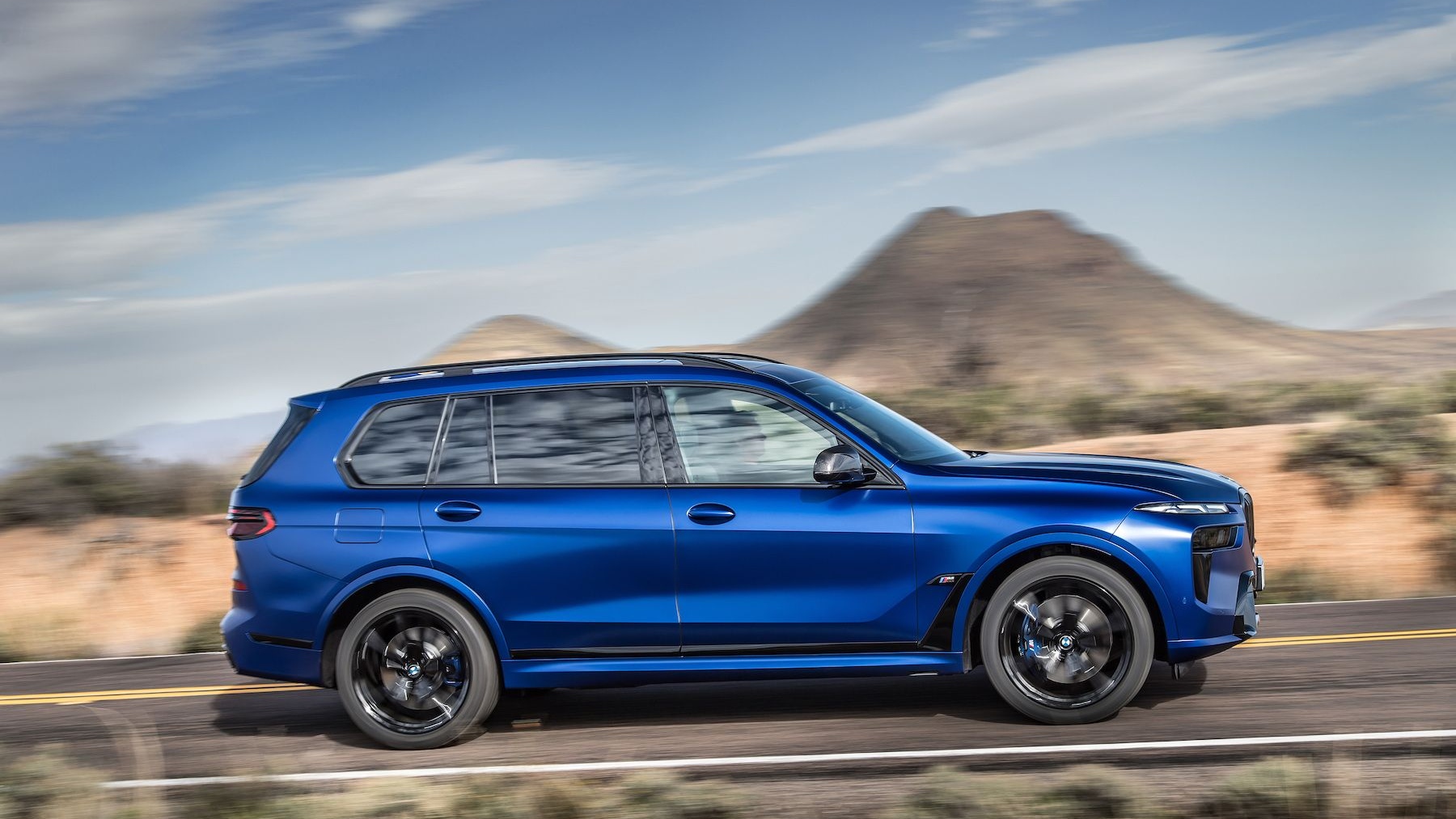Most of the expansion at the Torslanda plant was in the body shop area. This is because the plant will be the main facility for Volvo’s new family of models based on the modular SPA platform. The 2016 XC90, due for a reveal this fall, will be the first recipient of the SPA platform, with other models expected to include an S80-replacing S90, new V90 wagon and next-generation versions of the S60, V60 and XC60.
On the technology front, the plant will use approximately 300 robots, but Volvo states that it has significantly reduced the level of automatization on the production line in favor of increasing the manner in which robots and qualified workers operate together. In the new body shop, smaller teams of between five to eight people will be present, rather than 15 or so in the rest of the Torslanda plant. This is said to create a more flexible production process. Having fewer robots also reduces investment costs and allows for better utilization of floor space.
The expansion of the plant is just part of an $11 billion investment program in Volvo, made by the company’s Chinese parent Geely. The bulk of the investment is being spent on development of new models based on two modular platforms (the SPA platform for larger vehicles and a CMA platform for compacts) as well as new drivetrain technology such as the Drive-E engine family and plug-in hybrid systems.
_______________________________________



